Do Hai Horn Handicraft Village – The Essence of Traditional Craftsmanship
Nestled quietly along the flow of time, Do Hai Horn Handicraft Village (An Lao commune, Binh Luc district, Ha Nam province) is not only a guardian of a time-honored craft but also a symbol of creativity, skill, and perseverance. From coarse buffalo and cow horns, the skilled hands of artisans breathe life into each product, carrying the soul of tradition, the elegance of art, and the value of meticulous craftsmanship.
Today, horn handicrafts from Do Hai have reached far beyond local borders, making their way into both domestic and international markets. Despite the ups and downs of history, this traditional craft has stood strong - a living testament to the enduring spirit of Vietnam’s artisanal villages.
A Journey of Formation and Growth
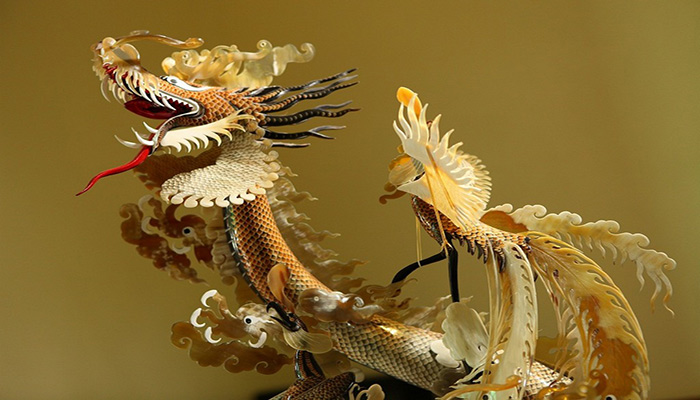
Do Hai has long been renowned for its horn crafting. No one knows exactly when the craft began, only that for generations, villagers have used natural materials, shaped and polished them into practical tools for daily life. Initially, simple items such as horsewhips, combs, and hair clips were created for everyday use. Over time, with advancements in craftsmanship and creativity, the village expanded its scale, producing intricate works of art steeped in cultural heritage.
While the craft was once confined to small-scale, purely manual production, today Do Hai’s artisans have adapted to modern trends, blending traditional skills with advanced techniques - yet still preserving the village's essence. More than just a livelihood, horn crafting is a source of deep pride for generations of gifted artisans.
The Secrets Behind Horn Artistry
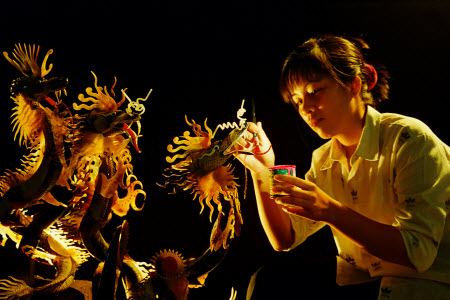
Horn crafting demands patience, dexterity, and a sharp artistic eye. Creating a finished product involves numerous stages: selecting raw materials, treating the horn, cutting, shaping, polishing, and finalizing.
The first crucial step is choosing the material. Buffalo and cow horns are carefully selected for durability, color, and integrity - free from cracks or flaws. They are then cleaned and soaked to soften, making them easier to mold.
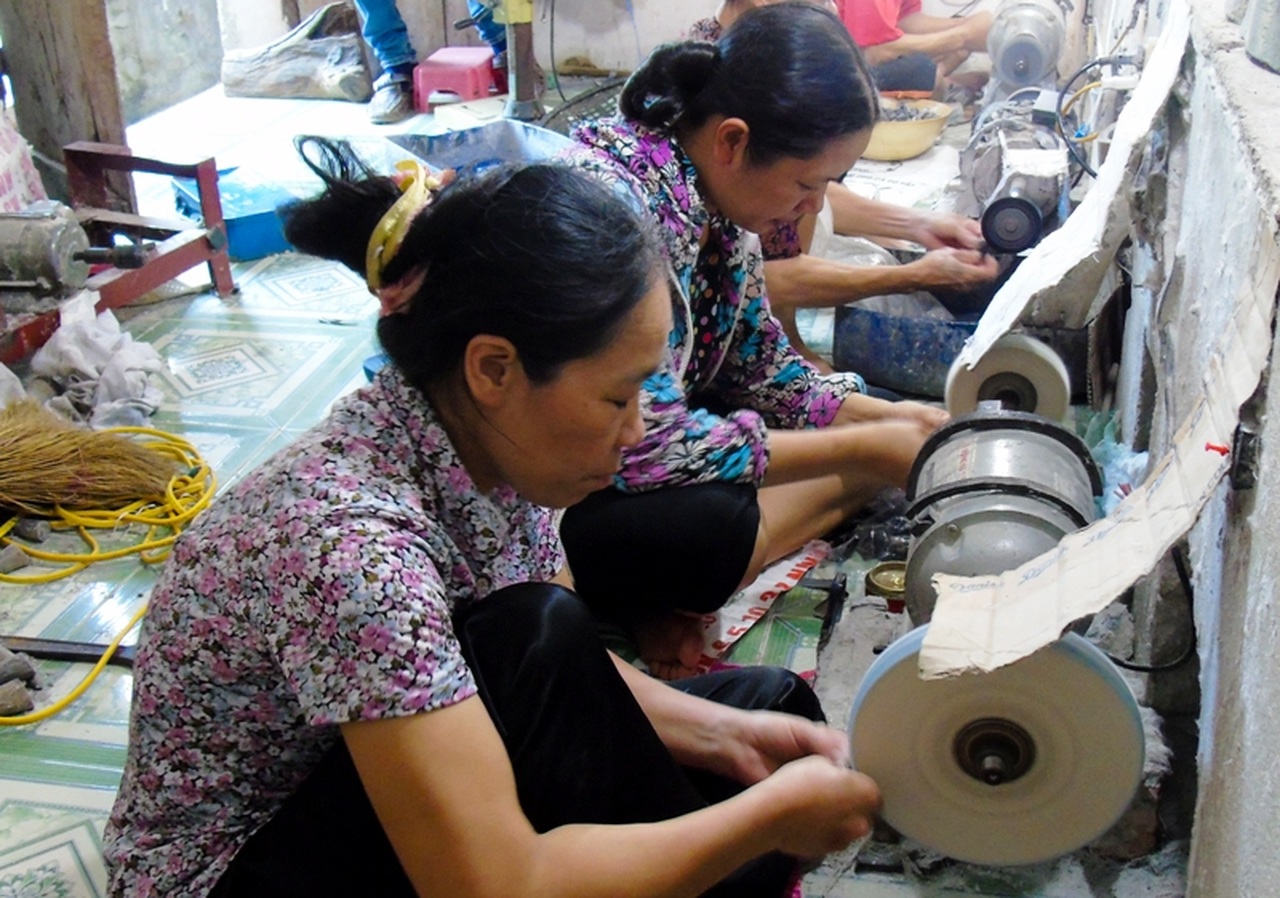
Shaping is the most visually defining stage. Artisans use knives and saws to cut the horn into desired dimensions, then meticulously smooth the surfaces. At this point, the artisan's creativity shines through - every curve and engraving is a blend of precision and passion, making each product not only beautiful but soulful.
Engraving and finishing require the utmost precision. Tiny details such as floral motifs, mythical creatures, or calligraphy are delicately carved onto the horn’s surface. The final polish - often with beeswax or natural oils - adds shine, enhances color, and increases durability.
From the skilled hands of Do Hai artisans, rough horns are transformed into elegant, luxurious, and functional works of art.
Uniqueness and Diversity in Every Piece
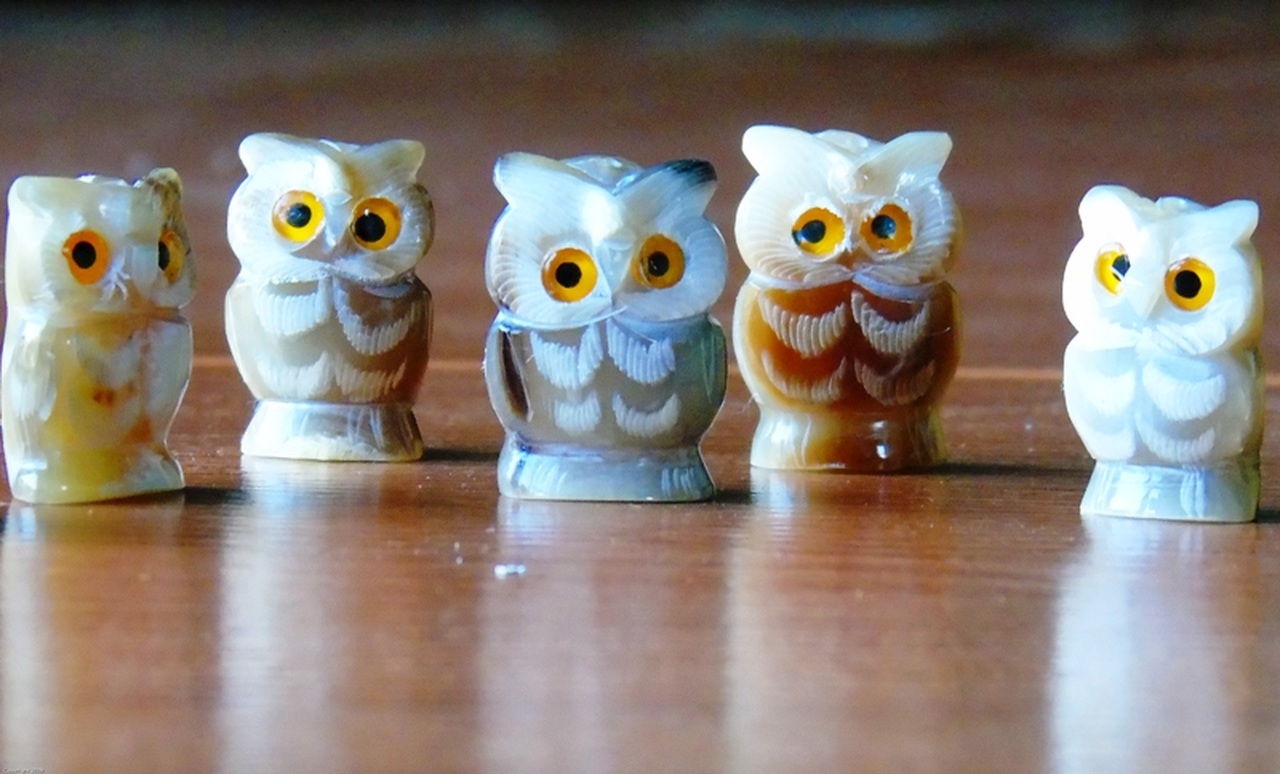
Do Hai’s horn products have transcended their utilitarian roots, emerging as unique works of craftsmanship infused with cultural identity. From smooth horn combs - praised for their anti-static, hair-friendly properties - to sturdy horsewhips that evoke nostalgic childhood memories, each piece tells a story.
Beyond daily items, Do Hai is famed for exquisite feng shui sculptures of dragons, qilin, turtles, and phoenixes; elegant sets of the Three Blessings (Happiness – Prosperity – Longevity); and intricate carvings depicting the “Four Noble Plants” (pine, chrysanthemum, bamboo, and apricot). These items are not mere decorations - they embody profound meanings of spirituality, fortune, and peace.
Though visually stunning, the true value lies in the pure Vietnamese spirit of craftsmanship - creativity, attention to detail, and a deep love for the trade - reflected in every cut and carved detail. Each product is a living legacy passed down through generations of Do Hai artisans.
Reaching International Markets
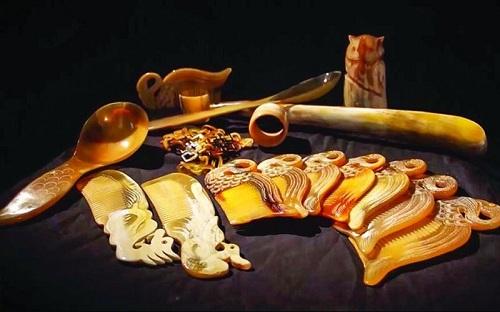
Thanks to outstanding quality and distinctive designs, Do Hai’s horn products are increasingly sought-after worldwide. Their finely crafted handicrafts have made their way to France, Hong Kong, Taiwan, China, and beyond.
International buyers appreciate Do Hai’s horn products for their artistry, intricate handwork, and environmentally friendly natural materials. This opens up vast opportunities for sustainable development and continued recognition of Do Hai's place on the map of Vietnam's traditional craft villages.
Challenges and Future Directions
In an era of industrialization, Do Hai faces inevitable challenges: competition from mass-produced goods, scarcity of high-quality materials, and an unstable market. Additionally, some young people are turning away from the craft in pursuit of other careers, making it harder to preserve and pass down the tradition.
Yet within challenges lie opportunities. With its rich heritage and creative spirit, Do Hai is gradually adapting and moving forward.
Some local workshops have begun integrating production with craft tourism, allowing visitors not only to observe but also to try their hand at horn crafting - creating memorable experiences.
For travelers, Do Hai offers an ideal stop for those who cherish rustic beauty and traditional values. They come not only to shop, but to connect - to feel the spirit of the craft in each product, and the warmth of the people through every shared story.
Do Hai Horn Handicraft Village – A timeless village, an inspiring cultural destination. Here, one finds not only exquisite creations but also resilient people, proud traditions, and a powerful belief in the future.
Come to Do Hai - once is enough to fall in love, to remember, and to feel pride in Vietnamese craftsmanship.
Today, horn handicrafts from Do Hai have reached far beyond local borders, making their way into both domestic and international markets. Despite the ups and downs of history, this traditional craft has stood strong - a living testament to the enduring spirit of Vietnam’s artisanal villages.
A Journey of Formation and Growth

Do Hai has long been renowned for its horn crafting. No one knows exactly when the craft began, only that for generations, villagers have used natural materials, shaped and polished them into practical tools for daily life. Initially, simple items such as horsewhips, combs, and hair clips were created for everyday use. Over time, with advancements in craftsmanship and creativity, the village expanded its scale, producing intricate works of art steeped in cultural heritage.
While the craft was once confined to small-scale, purely manual production, today Do Hai’s artisans have adapted to modern trends, blending traditional skills with advanced techniques - yet still preserving the village's essence. More than just a livelihood, horn crafting is a source of deep pride for generations of gifted artisans.
The Secrets Behind Horn Artistry

Horn crafting demands patience, dexterity, and a sharp artistic eye. Creating a finished product involves numerous stages: selecting raw materials, treating the horn, cutting, shaping, polishing, and finalizing.
The first crucial step is choosing the material. Buffalo and cow horns are carefully selected for durability, color, and integrity - free from cracks or flaws. They are then cleaned and soaked to soften, making them easier to mold.

Shaping is the most visually defining stage. Artisans use knives and saws to cut the horn into desired dimensions, then meticulously smooth the surfaces. At this point, the artisan's creativity shines through - every curve and engraving is a blend of precision and passion, making each product not only beautiful but soulful.
Engraving and finishing require the utmost precision. Tiny details such as floral motifs, mythical creatures, or calligraphy are delicately carved onto the horn’s surface. The final polish - often with beeswax or natural oils - adds shine, enhances color, and increases durability.
From the skilled hands of Do Hai artisans, rough horns are transformed into elegant, luxurious, and functional works of art.
Uniqueness and Diversity in Every Piece

Do Hai’s horn products have transcended their utilitarian roots, emerging as unique works of craftsmanship infused with cultural identity. From smooth horn combs - praised for their anti-static, hair-friendly properties - to sturdy horsewhips that evoke nostalgic childhood memories, each piece tells a story.
Beyond daily items, Do Hai is famed for exquisite feng shui sculptures of dragons, qilin, turtles, and phoenixes; elegant sets of the Three Blessings (Happiness – Prosperity – Longevity); and intricate carvings depicting the “Four Noble Plants” (pine, chrysanthemum, bamboo, and apricot). These items are not mere decorations - they embody profound meanings of spirituality, fortune, and peace.
Though visually stunning, the true value lies in the pure Vietnamese spirit of craftsmanship - creativity, attention to detail, and a deep love for the trade - reflected in every cut and carved detail. Each product is a living legacy passed down through generations of Do Hai artisans.
Reaching International Markets

Thanks to outstanding quality and distinctive designs, Do Hai’s horn products are increasingly sought-after worldwide. Their finely crafted handicrafts have made their way to France, Hong Kong, Taiwan, China, and beyond.
International buyers appreciate Do Hai’s horn products for their artistry, intricate handwork, and environmentally friendly natural materials. This opens up vast opportunities for sustainable development and continued recognition of Do Hai's place on the map of Vietnam's traditional craft villages.
Challenges and Future Directions
In an era of industrialization, Do Hai faces inevitable challenges: competition from mass-produced goods, scarcity of high-quality materials, and an unstable market. Additionally, some young people are turning away from the craft in pursuit of other careers, making it harder to preserve and pass down the tradition.
Yet within challenges lie opportunities. With its rich heritage and creative spirit, Do Hai is gradually adapting and moving forward.
Some local workshops have begun integrating production with craft tourism, allowing visitors not only to observe but also to try their hand at horn crafting - creating memorable experiences.
For travelers, Do Hai offers an ideal stop for those who cherish rustic beauty and traditional values. They come not only to shop, but to connect - to feel the spirit of the craft in each product, and the warmth of the people through every shared story.
Do Hai Horn Handicraft Village – A timeless village, an inspiring cultural destination. Here, one finds not only exquisite creations but also resilient people, proud traditions, and a powerful belief in the future.
Come to Do Hai - once is enough to fall in love, to remember, and to feel pride in Vietnamese craftsmanship.










